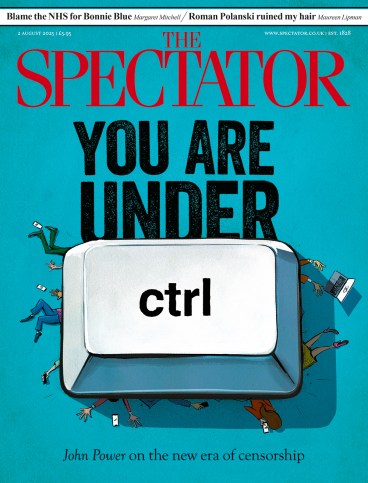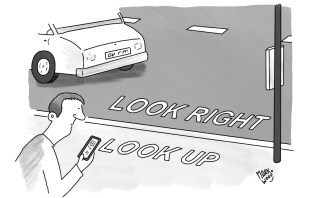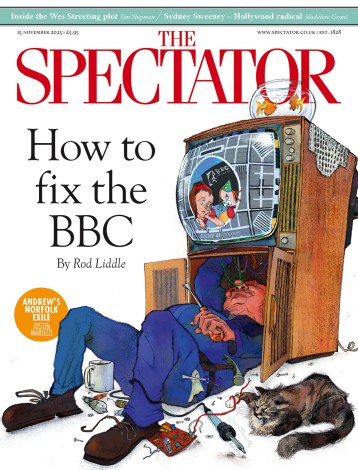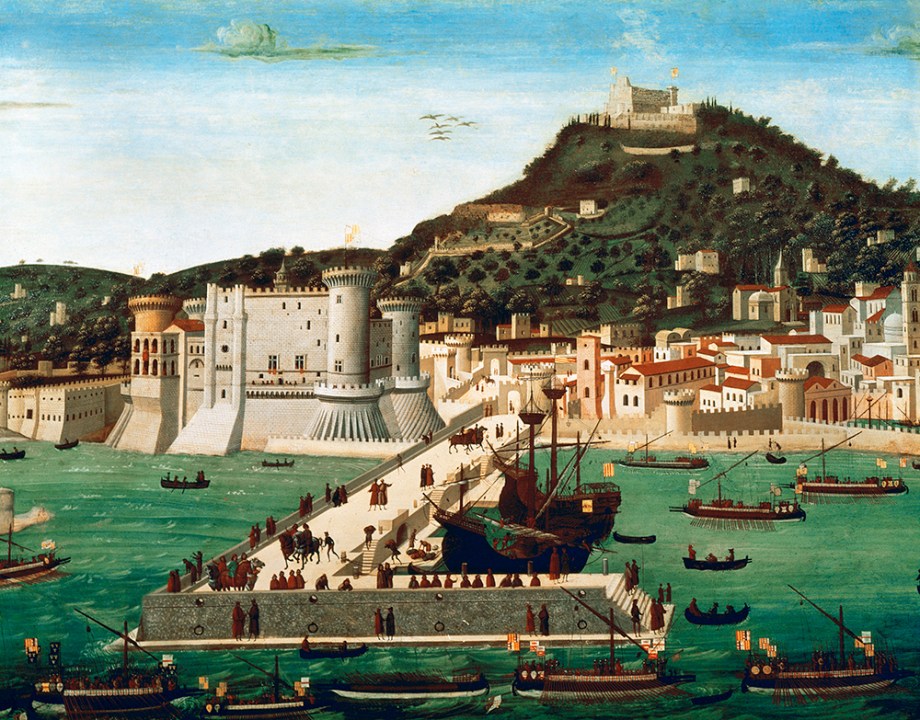
Joad Raymond Wren’s ambitious history of early modern European news, capacious in structure, monumental in volume, is named for a witticism by John Earle (c.1601-65). The author of Microcosmography, a compilation of satirical ‘characters’ whose obvious modern heir is Victoria Mather’s ‘Social Stereotypes’, was arguably the funniest member of mid-17th century England’s most likeable clique, the Great Tew Circle. Wren more than once returns to Microcosmography’s comparison of the nave of St Paul’s, where London’s freshest newsletters were to be procured, with the commercial buzz of the Royal Exchange, with news replacing goods and hard cash as a potentially fruitful alternative currency.
Wren is a recovering academic, expert in the field of bibliography, or book history. You can tell from The Great Exchange that his devotion to that discipline and talent in its interpretation were fierce and genuine, and that he was always going to be obliged by temperament to burst free of its limitations. The book is much less conventional than it looks. In a characteristically garrulous preface, the author turns aside to ponder his labour’s possible obsolescence at robotic hands:
The future will bring more data. AI will be deployed to resolve some of the quantitative questions addressed here… I am only flesh and bone, and numbers aren’t everything.
The Great Exchange begins roughly with the fall of Constantinople in 1453 and ends in the early 19th century, amid Waterloo, the invention of the telegraph and the advent of the press barons. Its geographical canvas is huge. A tantalising chapter on ‘The Peripheries of Europe’ includes consideration of what even the author concludes cannot be counted as peripheries – China and isolated Japan. Wren makes a logical and statistically impressive looking argument that speed of communications, political and religious context, commercial and linguistic connections and commonalities of interest constitute factors more electrifying to ponder than mere physical distance. But at times he cannot resist pushing the thought too far.
In Goodhartian terms, he sees early modern news as a force for Anywhere-isation –the lifeblood of polyglot merchants who often preferred like-minded overseas contacts to their quarrelsome, ignorant compatriots. Such men, and the mercantile city states they frequently represented, could be suspect in the eyes of authoritarian princes and conservatively inclined intellectuals and satirists. One figure who combined all these qualifications, Pope Pius II, snarled of the Venetians that ‘too much intercourse with the Turks has made you the friends of the Mohammedans and you care no more for religion’. When Wren states that ‘Venice made the world smaller’, he means it with thorough approval. Though his tone is more inquisitive than doctrinaire, he attributes Britain’s political stasis (rather than stability) not to its precocious political institutions but to its uneven distribution of land ownership and socially divisive educational traditions.

But for all he may think and dream like an Anywhere, Wren writes and feels like a Somewhere. He warns us in an apologetic aside that ‘any residual emphasis on English sources follows from earlier projects’. In Italy he is interesting on facts, but seldom conveys individual character. Regarding the Spanish-speaking world, he advertises much and delivers less. He seems positively alienated by the orderly, hierarchical, classical shape of French reportage. In Germany and in Holland he falls among friendlier company; but it is in our island story that his imagination and contextual understanding patently ramble at liberty.
Witness his evident delight in the way the Paston family of Norfolk burst through all his tentative generalisations, being ‘a small group of non-merchants far from the entrepots of Venice and Florence’. Always excellent on the contending and defecting news writers of our civil wars, he brings us home with the glorious deployment of a forgery, completely unknown to me, by the mid-18th-century Lord Chancellor Hardwicke, of Europe’s supposed first newspaper: the English Mercurie dated to the Armada year. The medium was actually invented two decades later in Strasbourg.







Comments